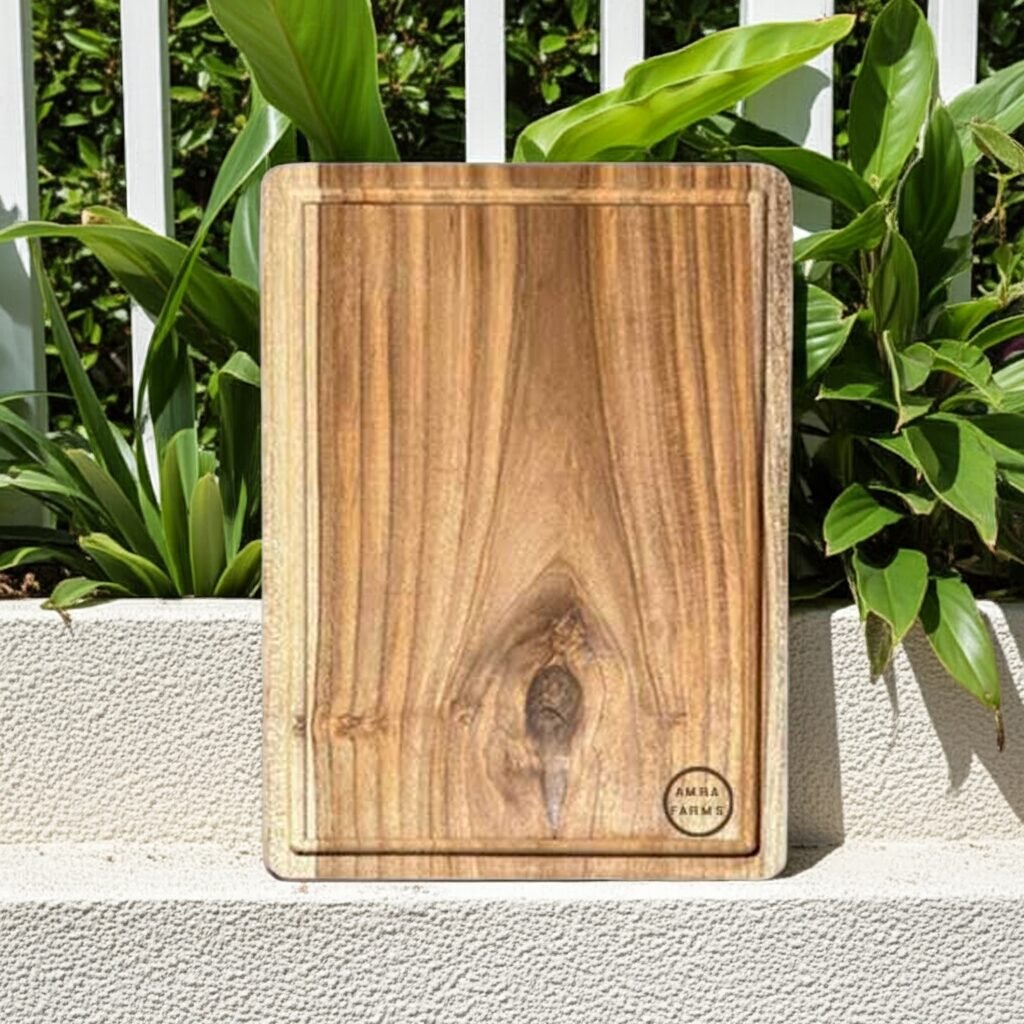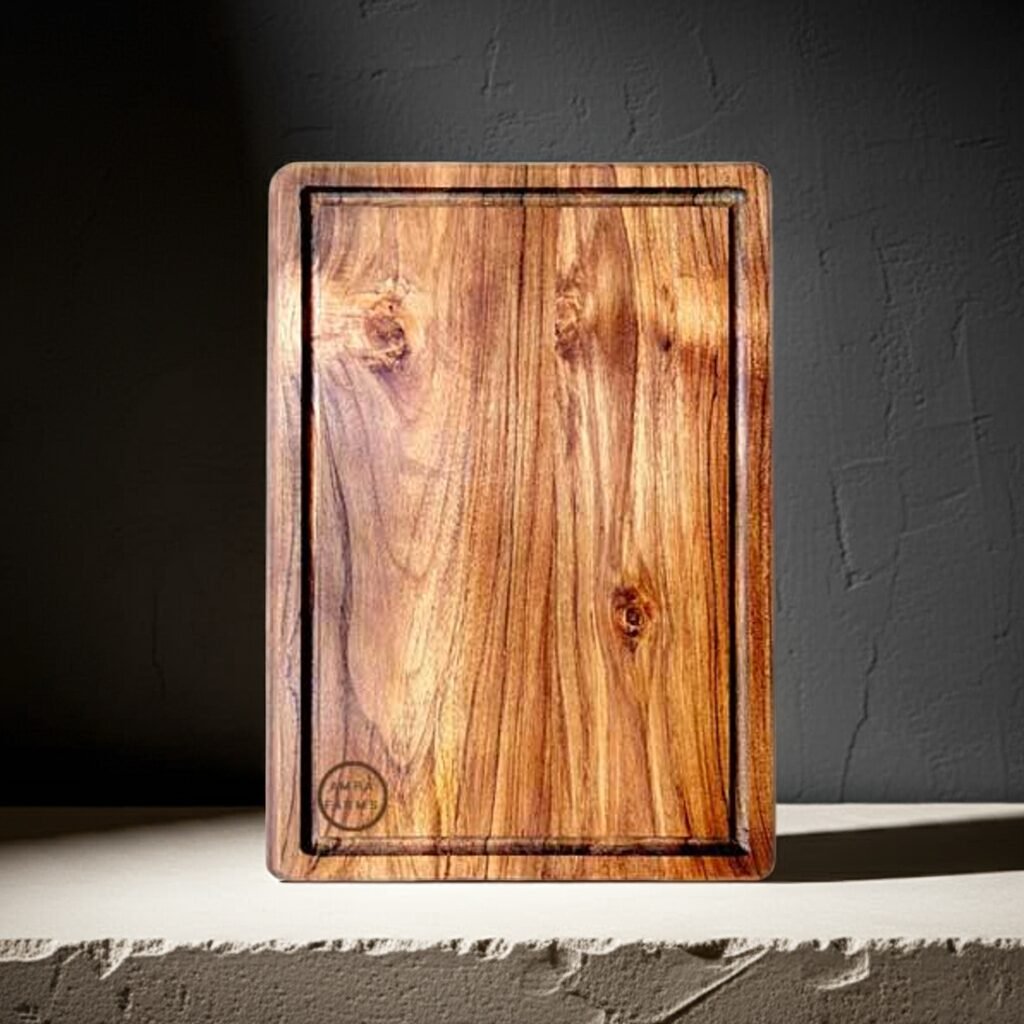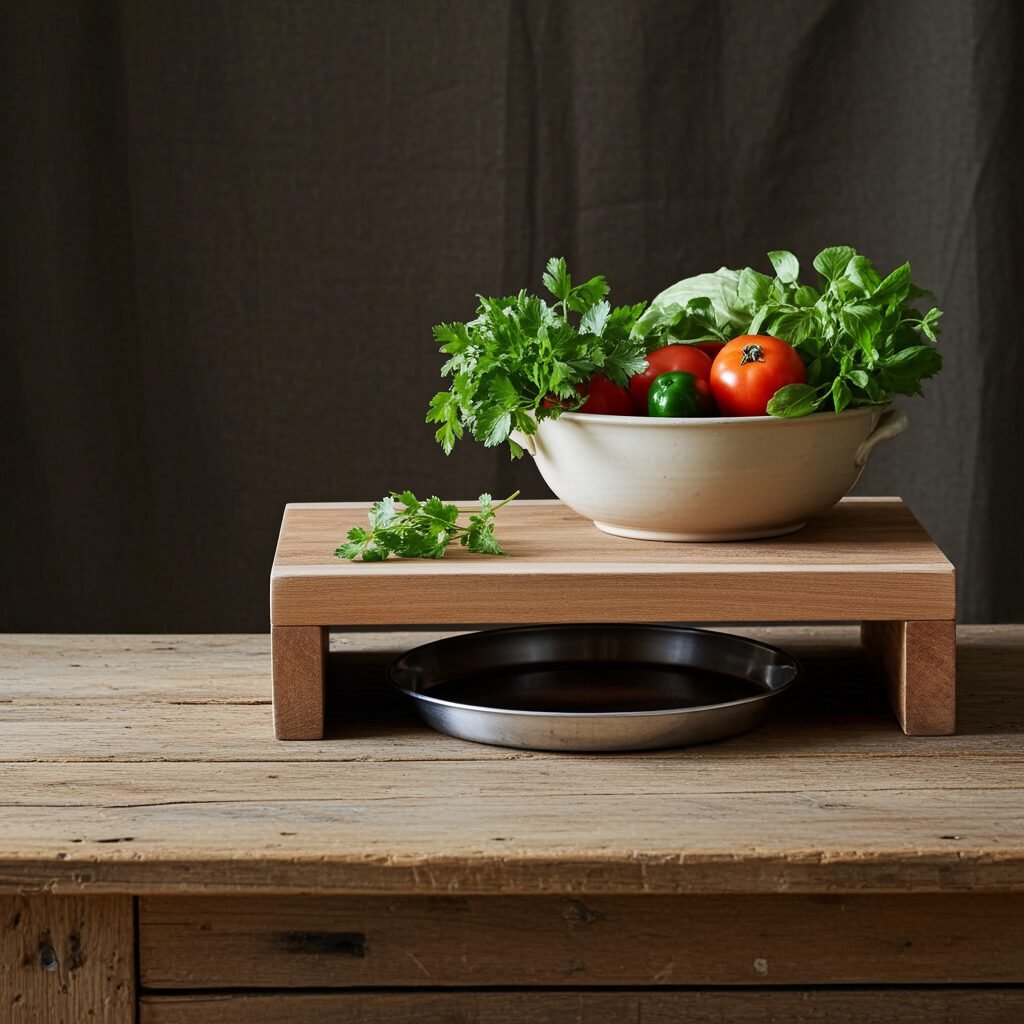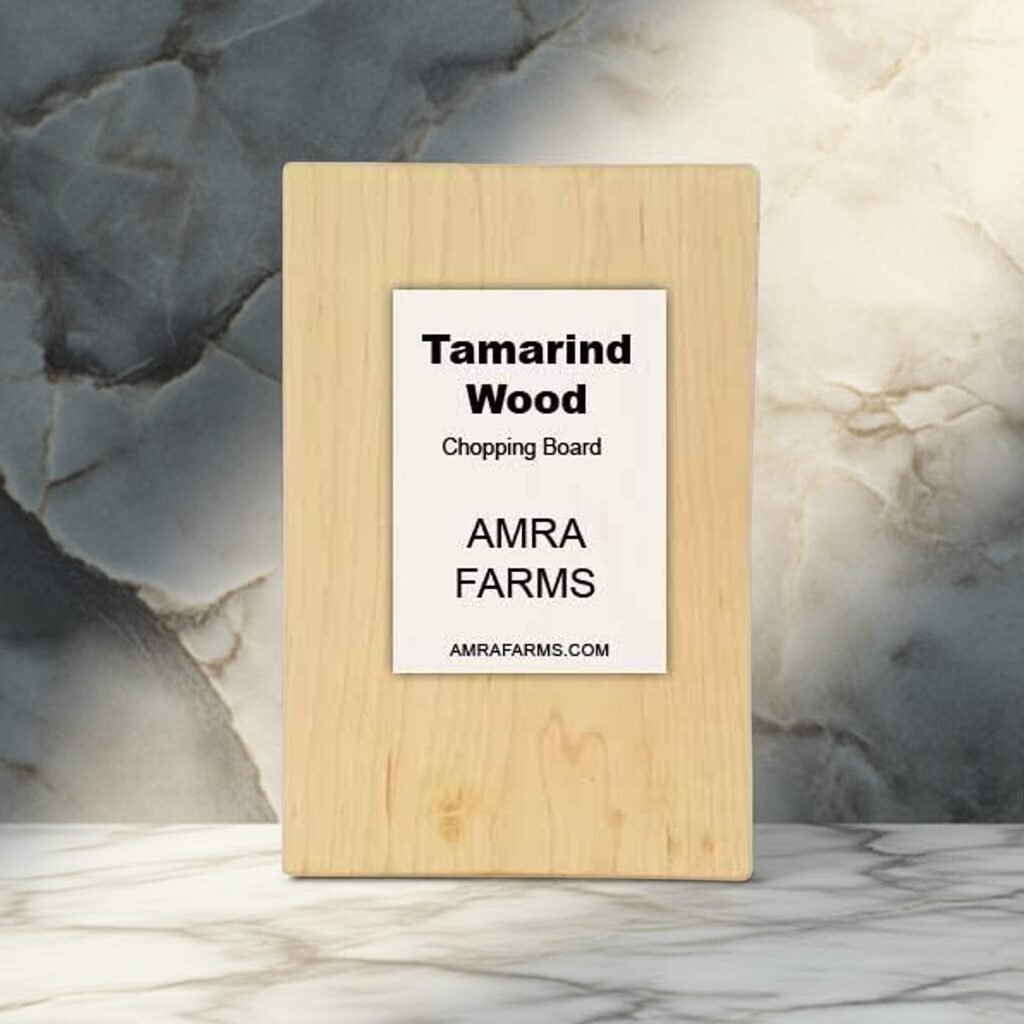Your cart is currently empty!
Hinoki chopping boards in India
The new trend in wooden chopping boards are the hinoki chopping boards, imported from Japan. The Japanese cypress valued for its straight fine grains and light color, the hinoki boards are light and prized in Japanese cooking for tradition and practicality. The subtle citrusy aroma is unique to the Japanese cypress wood.
Hinoki wood is renowned for its gentle impact on knife blades preserving knife sharpness. Most Japanese food enthusiasts and cooks will know the value of a good Japanese knife. A prized possession, Japanese knives are known for their craftsmanship, beauty and sharpness. They are also very expensive. Ensuring the blade sharpness is key to knife owners. In Japan, the best wood to use with a Japanese knife is the hinoki wooden boards. They absorb shock better than most conventional boards.
Hinoki boards are also naturally antibacterial. Their phytoncides present in the wood resist odors, rot and bacteria. They are also resistant to warping and cracking, especially when crafted from a straight grained single block of wood.






Functional benefits of a Hinoki Board
The key feature which makes a hinoki board prized is its distinctive tactile feel during cutting preventing blade damage and keeping knives sharper for longer compared to most other woods and plastic. Hinoki boards are soft yet resilient. They absorb knife marks and heal well when moistened. The self-healing feature is well appreciated by chefs due to its maintaining cutting quality. The wood is light and a fresh scent adds to the sensory element of food preparation. The appearance complements traditional and contemporary kitchens.
Maintenance of a hinoki cutting board
Hinoki boards should be wetted before food preparation to prevent food stains and odors from permeating the wood. Being porous, the wood absorbs the moisture, diluting the stains and odor of the food making it easier to clean and maintain. The board is to be washed by hand and is not dishwasher safe. Always keep the board dry by ensuring the board is well wiped and dried using a towel. Leave the board upright in a ventilated area to prevent mold and warping. An occasional coarse salt and lemon scrub is effective in removing stains. Harsh chemicals are to be avoided and direct sunlight will make the board dry and result in cracking if overexposed.
Benefits of a Hinoki cutting board when compared to other hardwood
The key USP of a Hinoki cutting board is the knife friendliness. While teak wood, bamboo, walnut and maple are hardwood, hinoki is considered a softwood making it very knife friendly. Hinoki boards are extremely gentle on knife edges and reduce dulling and chipping, a benefit when it comes to sharp expensive knives. Teak wood and other hardwoods tend to dull knives faster in comparison to hinoki boards.
Hinoki boards are also naturally antibacterial. Their phytoncides in the wood act as a strong natural antibacterial reducing odor retention while enhancing board hygiene. In comparison maple, walnut and bamboo fall short while teak is the only wood which is comparable to the antibacterial features of the hinoki board.
Hinoki boards are prone to scratches, dents and cosmetic wear due to its softness. They require frequent resurfacing and careful, gentle use. They are not meant for rough use or regular hard chopping needs. You are required to oil the board regularly and it is not stain resistant. In comparison all other woods fare better than hinoki boards. Remember, a hinoki board is best for smooth precise cuts and not for rough chops and regular vegetable or meat cutting. Also they are easy to scratch and stain. To prevent scratches and stains, wet the board before use.
Hinoki boards are water resistant and less likely to warp provided they are cared for. Soaking the board before use will prevent stains but ensure that the board is not left wet for a long period of time. Dry the board immediately after use with a towel.
Not everyone will appreciate a hinoki board. They are light in color and pale. With fine grains, straight and a subtle citrusy scent, the board is unique in its own way. Compared to most other wood, Hinoki boards are best when used sparingly and are meant to serve Japanese cuisine at best.
Hinoki wood for raw meat and its antibacterial properties
When cutting raw meat, Hinoki boards are the perfect boards. Be sure to wet the board before use and do not use them to chop meat. They are meant for slicing meat rather than chopping meat. Avoid cutting meat with bones. You should use a butcher board to cut meat which is heavy. The antibacterial properties of the hinoki board make it resistant to odor, rot and harmful microbes but being a soft wood, you should not chop meat on a hinoki board.
Cleaning and maintenance of a hinoki board is crucial for its antibacterial benefits. Do not use hot water to rinse your board and dry thoroughly after use. If there are knife grooves, resurface your board occasionally. Avoid dishwasher at all cost and prevent prolonged moisture contact.
Cleaning a Hinoki board
Before use: Always wet your hinoki board before use. A thin water barrier prevents food stains, oil and odor from penetrating into the wood. Wipe off excess water if needed.
After use: Rinse the board immediately after use. Remove food stains and stuck particles. Always be sure to rinse immediately after cutting meat. Use a light, mild dish soap and a soft sponge. Steel scrubbers will make the board rough. Always scrub along the grains.
Drying: Wipe moisture off with a clean cloth or a paper towel after washing. Stand the board in a well ventilated area, away from direct sunlight and heat source to dry naturally.
Stain and odor removal: A salt and lemon scrub should remove stains. For harder stains, you may need to sand the board occasionally with a fine grit sandpaper. Avoid using hot water on the board.
Routine maintenance: Oil your hinoki board regularly. Ensure the board is not dry and when dry, remember to oil the board well. Apply a food safe, odor free oil which does not leave a stain.
Categories
Products
- Buy Wooden Vegetable Cutting Boards Online
- Wooden Kitchen Accessories Tools
- Buy Butcher Block & Meat Cutting Boards Online
- Buy Premium Edge Grain Single Block Wooden Chopping Boards Online
- Buy The Best Teak Wood Chopping Boards Online In India
- Buy Wooden Cutting Boards With Handle For Kitchen
- Mango Wood Chopping Boards
- Single Block Chopping Boards
- Tamarind Wood Chopping Boards
- Wooden Platter Boards , Pizza Platters & Charcuterie Boards
Tamarind Wood Cutting Board Teak Wood Cutting board
